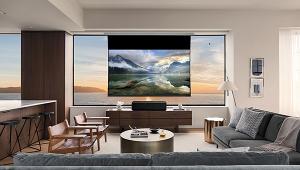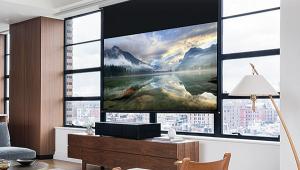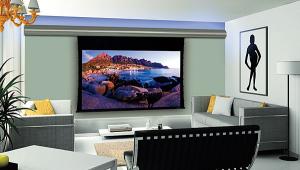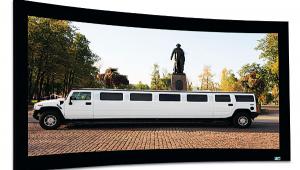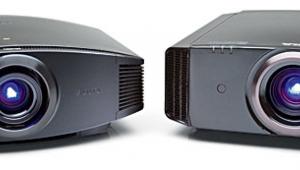"Recommendations for the optimum projected viewing angle generally range from 30 to 40 degrees"
PROBLEM.
I'm all about wide viewing angles. HOWEVER, even with a viewing angle at the narrow end of the recomended range, your screen will interfere with speaker placement. Dolby's specification calls for the left and right speakers to be a MAXIMUM of 30 degrees off center. Seeing as speakers and televisions are physical objects and cannot occupy the same physical space, you are forced to either compromise on Dolby's specification and space your speakers further apart, or compromise on viewing angle and use a smaller screen.
This might be a minor issue, but I am a perfectionist and don't WANT to compromise.
I am aware that you could get around this by putting the speakers behind a perforated screen, but this would result in "signifigant video compromises," as stated in the article. Additionally it would also result in signigant audio compromises, as the use of a perforated screen generally implies the use of in-wall speakers. All at the additional cost of a perforated screen and installation of in-walls. I personally don't plan on taking that route.
So I guess it comes down to personal preference. Still, I would appreciate the input of the author and any audio/videophile willing to contribute.



